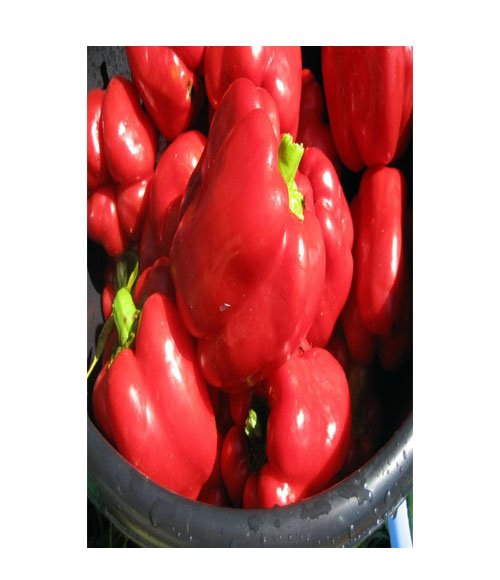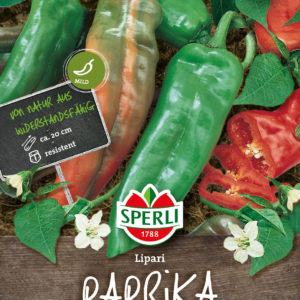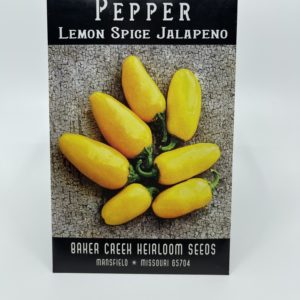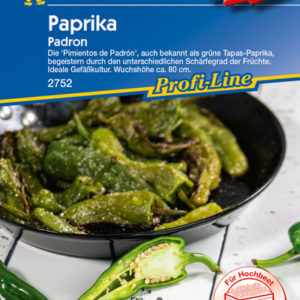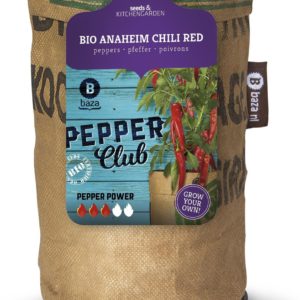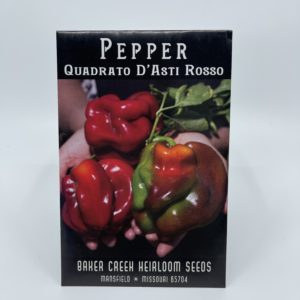فلفل أحمر ملك الشمال
2,000 د.ك
We found this New York heirloom featured on the cover of a 1934 Harris’ Seeds Catalog out of Coldwater, New York. Here is what they had to say about it. “Outstanding 1934 Introduction. Extremely Large, Early and Very Prolific. We put it mildly when we say that those who tested this new pepper last year were extremely pleased with it. The immense size, earliness and heavy yield make King of the North a variety that will give enormous yields of fine fruit even here in the North. The plants are medium size, branching and literally covered with fruit. The flesh is thick, mild and sweet.” Just like Harris’, “While we planted all our stock seed and had a fine crop, our acreage of this variety was limited. We advise you to order early before our seed is sold out.” Unlike Harris’ our seed is not “Pkt.15c.”
| Days to Germination | 10 to 14 days |
|---|---|
| Days to Maturity | 65 days from transplant |
| Planting Depth | ½ inch |
| Spacing in Row | 18 inches |
| Spacing Between Rows | 36 inches |
| Height at Maturity | 24 inches |
Peppers are one of the most challenging of home garden crops, but most of the difficulty is borne during the plants early life. Pepper seed requires heat to germinate; it just won’t do much in cool soil. So the first trick is to find a spot that is steadily warm; above the fridge may work, as might a spot near the woodstove. Sow pepper seeds by late March; they mature later in the season than tomatoes, and to get a good crop of ripe peppers requires an early start. (If you prefer green peppers, you’ve got more flexibility.)
Sow peppers about a quarter-inch deep in soil blocks or plug trays. Give them a good ten to fourteen days to germinate before thinking of giving up on them. Once up, peppers grow quite slowly when young and, again, require warmth to grow quickly. In the past we’ve grown ours in a cold frame; on especially chilly nights we set pots of boiling water in the enclosure and throw a blanket over the whole thing. If you have a heating mat or heating cables, use them to keep the peppers toasty (but be cautious not to dry them out).
Peppers should not be transplanted until the weather is settled, usually about two weeks after tomatoes go in. Space them about 18″ apart. Row cover provides a warm microclimate for quicker growth. Although most pepper plants stay much smaller than tomato vines, their stems are weak and, when loaded with fruit, they tend to blow over in late summer storms. They can easily be staked to prevent this.
Harvesting green peppers increases the total amount of peppers you get from a plant. If you like both green and fully ripe peppers, harvest some green; when you stop plucking the green ones, the plant will fill with ripe fruit and cease production.
غير متوفر في المخزون


